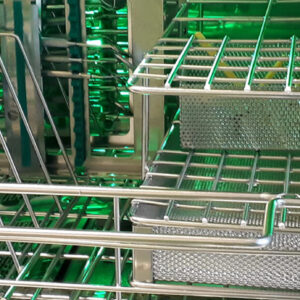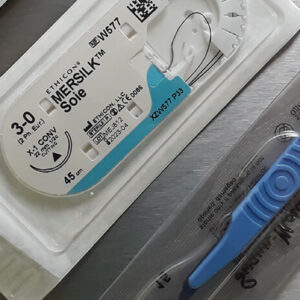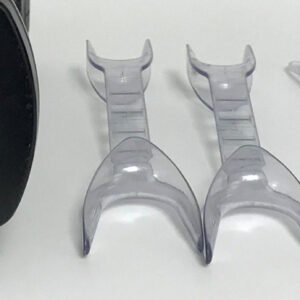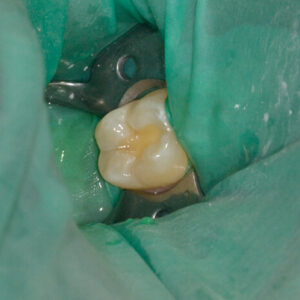Description
| Course title: | Award in Cone Beam CT |
|---|---|
| This course is aimed at dental nurses who wish to take Cone Beam CT images on referral. This course provides the core theory required to allow dental nurses to act as operators when taking CBCT images. | |
| Awarded by: | DELTA Awards |
| Structure: | The course is delivered by way of a single module. |
| Grading: | Pass or fail |
| Pre-requisites: | Candidates must hold, or be working toward, a recognised dental radiography certificate. This award does not stand alone. Candidates must also be up to date on IRMER CPD in dental radiography and radiation protection, evidence will be required.
Candidates must also be able to access practical training in the use of the CBCT equipment within the workplace. |
| Course fee: | £120 – including VAT at 20%. |
| Assessment: | This course is assessed by:
Candidates must achieve a pass in all assessments to gain the award. |
| Resit Arrangements: | Candidates can receive a small course extension to amend or change any information as required.
Candidates get two attempts at the online multiple choice questions. |
| Guided Learning Hours: | This programme is 20 Guided Learning Hours (GLH) |
| Course length: | 6 weeks |
| Credits: | This course attracts 2 credits |
Syllabus
Module 1
Radiation Physics
Production of x rays
Atomic structure
Legislation
Justification and referrals
Image acquisition
Radiological anatomy
CBCT Imaging
Assessment
Essay on the referral process
Essay on the process of taking a CBCT image
Evidence of involvement in the taking of a minimum of 5 CBCT scans under supervision
A risk assessment of the CBCT facility and image audit
Multiple Choice Questions
At the end of the module, candidates will be required to pass a short multiple choice test on all subjects covered. This is 20 minutes in duration and consists of 15 questions. It can be taken at anytime following the completion of the course, and is done online. Candidates get one resit opportunity should they not attain 75% on their first attempt. If the second attempt is also unsuccessful, this will result in a fail for the whole course.
Course Content
Module 1
Radiation Physics (revision)
Production of x rays (revision)
Atomic structure (revision)
Legislation
Justification and referrals
Image acquisition
Radiological anatomy
CBCT Imaging
Learner Outcomes:
The candidate will:
- Understand the legal aspects surrounding patient consent and data protection
- Understand the importance of managing any adverse incidents quickly and efficiently
- Understand their responsibility to the patient and to the rest of the dental team as a GDC registrant
- Understand how x rays are produced
- Understand atomic structure
- Understand the legal requirements as defined by IR(ME)R 2017 and IRR 2017
- Be able to differentiate between a good referral and a poor referral and act on the latter appropriately
- Understand the importance of the justification process
- Understand the importance of correct positioning of the patient and prevention of positioning errors
- Understand the limits of the role of the dental nurse in the acquisition of CBCT images
The candidate can:
- Keep accurate dental records of the treatments in which they have been involved
- Maintain confidentiality and data protection policies as per the workplace and legislative requirements
- Maintain efficient health and safety and cross infection control procedures and work safely
- Explain the production of x rays and identify the differences between CBCT and conventional x ray producing units
- Work within the legal requirements set down by IR(ME)R 2017 and IRR 2017
- Conduct a risk assessment of the CBCT facility
- Demonstrate correct positioning of the patient within the CBCT unit
- Identify errors on an image and explain the causes and solutions
- Safely undertake a CBCT scan and follow a referral correctly:
- Choosing the correct exposure settings
- Selecting the correct field of view
- Providing full patient instructions
In addition to the theory provided via this course, dental nurses must also undertake practical training in the use of their scanning equipment in the workplace. This training should be done, where possible, by a representative of the manufacturer.





